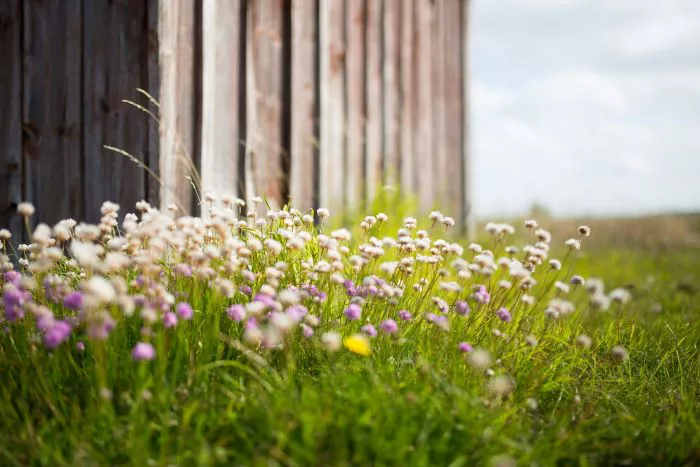Flowers bring vibrant colors and delightful fragrances to gardens, landscapes, and homes. However, many gardeners often find themselves wondering how to encourage their plants to produce more blooms. Whether you’re growing annuals, perennials, or flowering shrubs, there are several effective strategies to promote abundant flowering. This article outlines key practices to help your flowers thrive and bloom more profusely.
Choose the Right Plants for Your Climate
The first step in ensuring abundant blooms is selecting flowers that are well-suited to your local climate and soil conditions. Research the hardiness zones in your area and choose plants that thrive in those conditions. Native plants are often a great choice, as they are adapted to local climates and require less maintenance. Additionally, consider the specific sunlight and water requirements of each plant to ensure they will flourish in your garden.
Provide Adequate Sunlight
Most flowering plants require a certain amount of sunlight to produce blooms. Generally, flowers need at least 6 to 8 hours of direct sunlight each day. Observe your garden throughout the day to identify areas that receive the right amount of light. If some areas are too shady, consider relocating your flowers to sunnier spots or selecting shade-tolerant varieties for those locations.
Optimize Soil Conditions
Healthy soil is crucial for flowering plants. Here are some tips to ensure your soil is in top condition:
Soil Testing: Conduct a soil test to determine pH and nutrient levels. Most flowering plants prefer slightly acidic to neutral soil (pH 6.0 to 7.0).
Amendments: Based on your soil test results, you may need to amend your soil. Adding organic matter, such as compost, can improve soil structure, drainage, and nutrient content. This will create a more favorable environment for root growth and flowering.
Drainage: Ensure that your soil drains well. Poor drainage can lead to root rot and hinder flowering. If your soil is heavy clay, consider raised beds or adding sand and organic matter to improve drainage.
Watering Wisely
Consistent and appropriate watering is essential for promoting blooms. Here are some guidelines:
Deep Watering: Water deeply and less frequently rather than giving shallow, frequent waterings. This encourages deep root growth, which helps plants access moisture and nutrients more effectively.
Morning Watering: Water your flowers in the early morning to reduce evaporation and allow leaves to dry before evening, minimizing the risk of fungal diseases.
Mulching: Apply a layer of mulch around your flowers to retain moisture, suppress weeds, and regulate soil temperature. Organic mulches, such as wood chips or straw, also improve soil quality as they decompose.
Fertilization
Proper fertilization can significantly impact flower production. Here’s how to fertilize effectively:
Balanced Fertilizer: Use a balanced, slow-release fertilizer to provide essential nutrients. Look for fertilizers with a higher phosphorus content (the middle number in the N-P-K ratio), as phosphorus is key for flower development.
Timing: Fertilize in early spring as plants begin to grow and again in mid-summer for blooming plants. Avoid over-fertilizing, which can lead to excessive foliage growth at the expense of flowers.
Organic Options: Consider using organic fertilizers, such as fish emulsion or bone meal, which can provide nutrients while improving soil health.
Pruning and Deadheading
Regular pruning and deadheading can encourage more blooms:
Deadheading: Remove spent flowers to prevent the plant from going to seed. This encourages the plant to focus its energy on producing new blooms rather than seed production. Deadheading can be done throughout the blooming season.
Pruning: Prune flowering plants according to their specific needs. Some plants benefit from being cut back in late winter or early spring to promote new growth and flowering, while others may need light trimming after blooming.
Pest and Disease Management
Healthy plants are more likely to produce abundant blooms. Monitor your flowers for pests and diseases regularly:
Pest Control: Common pests like aphids, spider mites, and slugs can damage flowers. Use organic pest control methods, such as insecticidal soap or neem oil, to manage infestations.
Disease Prevention: Ensure good air circulation around your plants by spacing them appropriately. Avoid overhead watering to reduce the risk of fungal diseases. Remove any diseased or dead plant material promptly.
Conclusion
Encouraging your flowers to bloom more is a rewarding endeavor that requires attention to detail and care. By choosing the right plants, providing optimal growing conditions, watering wisely, fertilizing appropriately, and managing pests and diseases, you can create a thriving garden filled with vibrant blooms. With patience and dedication, your efforts will result in a stunning display of flowers that brings joy and beauty to your outdoor space.


